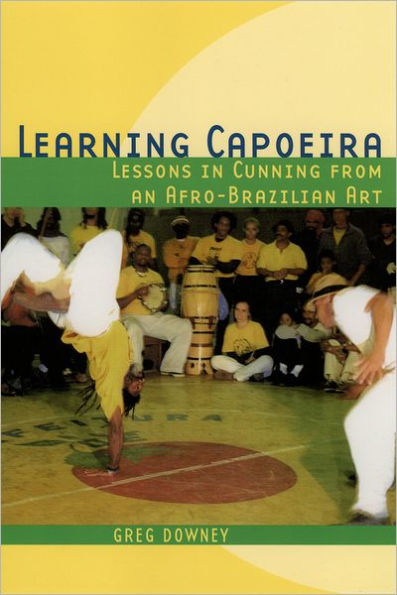5
1
9780195176971


Learning Capoeira: Lessons in Cunning from an Afro-Brazilian Art / Edition 1 available in Paperback

Learning Capoeira: Lessons in Cunning from an Afro-Brazilian Art / Edition 1
- ISBN-10:
- 0195176979
- ISBN-13:
- 9780195176971
- Pub. Date:
- 03/03/2005
- Publisher:
- Oxford University Press, USA
- ISBN-10:
- 0195176979
- ISBN-13:
- 9780195176971
- Pub. Date:
- 03/03/2005
- Publisher:
- Oxford University Press, USA

Learning Capoeira: Lessons in Cunning from an Afro-Brazilian Art / Edition 1
$54.95
Current price is , Original price is $54.95. You
$54.95
This item is available online through Marketplace sellers.
54.95
Out Of Stock

Product Details
| ISBN-13: | 9780195176971 |
|---|---|
| Publisher: | Oxford University Press, USA |
| Publication date: | 03/03/2005 |
| Edition description: | New Edition |
| Pages: | 288 |
| Sales rank: | 1,275,897 |
| Product dimensions: | 8.20(w) x 5.40(h) x 0.70(d) |
About the Author

From the B&N Reads Blog
